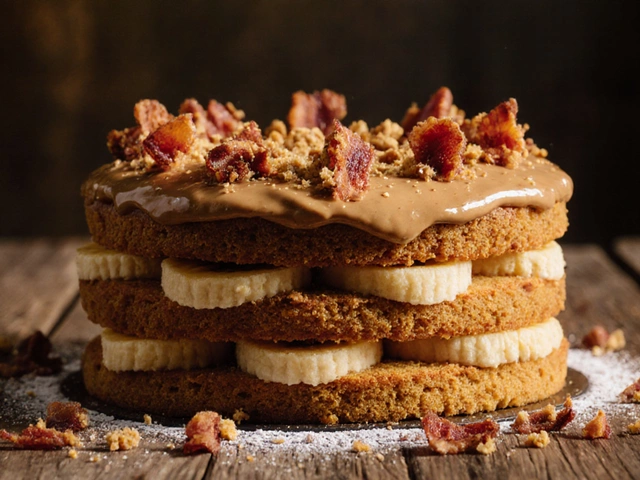Fudge Temperature Guide: How Hot Should You Cook Fudge?
Ever wonder why some fudge turns out grainy while other batches melt in your mouth? The secret usually lies in the temperature you hit on the stove. Hitting the right heat gives you that smooth, velvety texture every fudge lover craves.
Why Temperature Matters
Fudge is essentially a sugar syrup that needs to reach a specific stage before you pour it into a pan. If the mix is too cool, the sugar crystals won’t form correctly and you’ll get a rough, grainy bite. Too hot, and the sugar can over‑cook, making the fudge hard as a rock. The sweet spot is called the "firm ball" stage, where the syrup holds its shape but stays soft enough to cut cleanly.
Getting the Right Heat
Most bakers use a candy thermometer to nail the temperature. Set the thermometer to read 240°F (115°C) for the firm ball stage. Once you see the thermometer hit that mark, stop the heat and stir briskly for a minute or two. This quick stir breaks down any large crystals that may have formed and ensures a silky finish.
If you don’t have a thermometer, you can use the cold‑water test. Drop a small spoonful of the hot mixture into a glass of ice water. Let it sit for a few seconds, then push it with your finger. If it forms a firm ball that holds its shape, you’re good to go. The temperature will be right around 240°F even without the gadget.
Here are a few practical tips to keep the temperature steady:
- Use a heavy‑bottomed saucepan. Thin pans cause hot spots and make the mixture scorch.
- Stir constantly once the mixture starts boiling. This prevents a skin from forming on top and stops the sugar from burning.
- Turn the burner to medium‑low once you reach a boil. Too high a flame spikes the temperature and you’ll overshoot the firm ball stage.
When you hear that gentle hiss start to soften, reduce the heat and keep an eye on the thermometer. The last few minutes are crucial – a quick glance can save you from a batch of crumbly fudge.
Once the temperature is right, pour the hot fudge onto a greased or parchment‑lined pan. Let it sit at room temperature until it sets; rushing it into the fridge can cause condensation, making the fudge soggy.Common mistakes to watch out for include:
- Skipping the stir at the end – you’ll miss the chance to break down crystals.
- Using a glass thermometer without water protection – it can crack under sudden heat.
- Adding ingredients like chocolate or butter after you’ve passed the firm ball stage – they can lower the temperature too fast.
With the right temperature and a few simple habits, you’ll get smooth, creamy fudge every time. So grab your thermometer, set it to 240°F, and enjoy the sweet payoff of perfect fudge.

Fudge Temperature Guide: The Exact Soft‑Ball Stage and How to Hit It Every Time
Wondering what temperature to cook fudge at? Get the exact soft-ball range, quick fixes, altitude adjustments, and a simple step-by-step to nail creamy fudge.
View More




